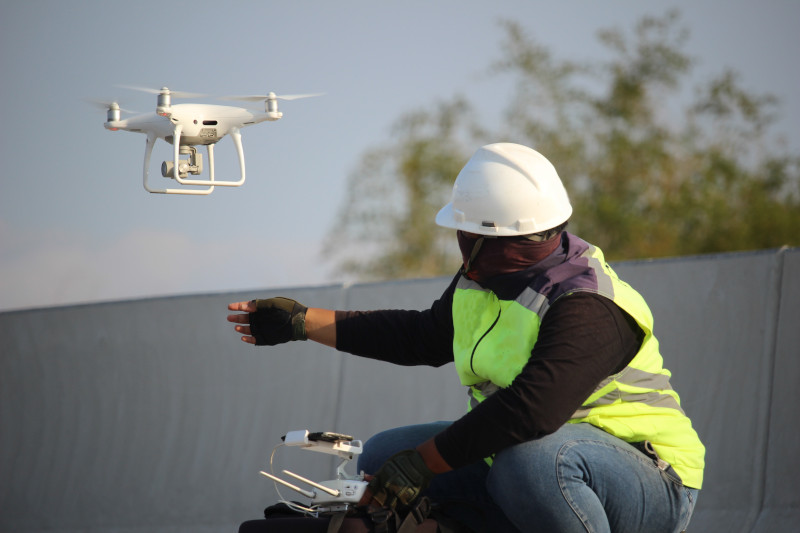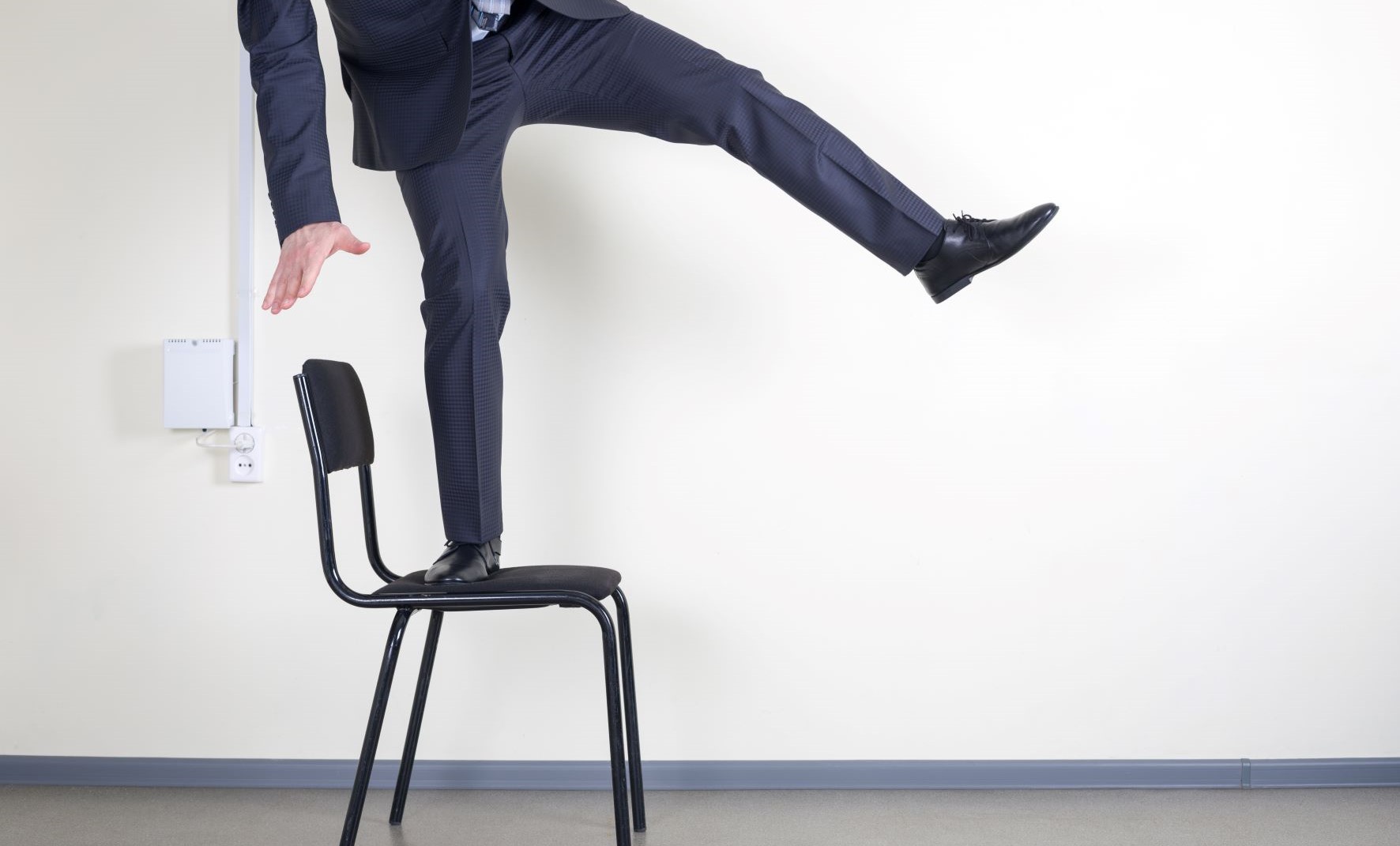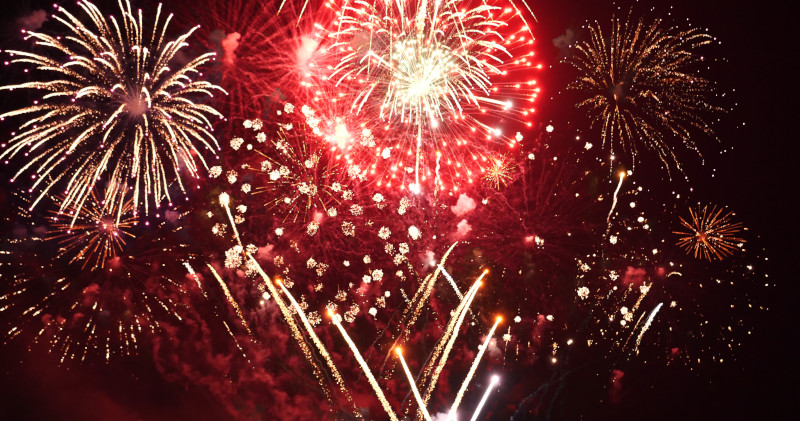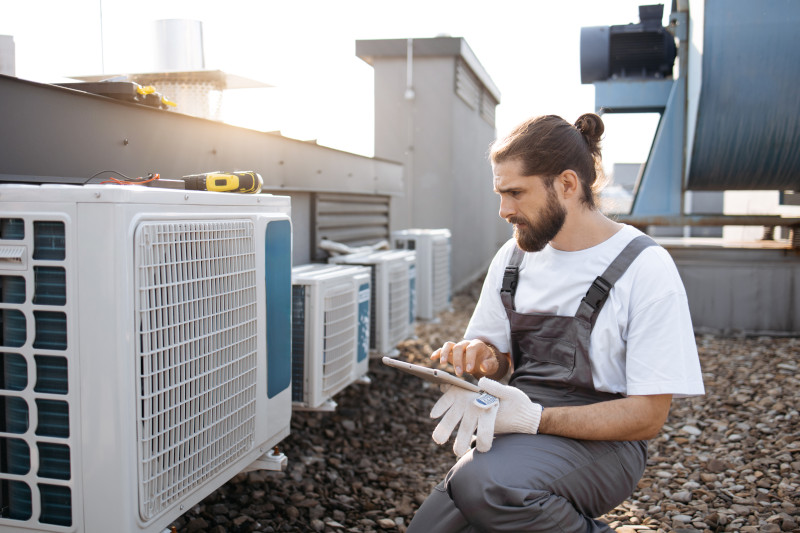Drone Safety and Security Risks

Over the last few years, the general public’s use of drones has increased quite a bit. Schools, in particular, have started incorporating drones into their educational offerings, facilities management and security protocols.
While drones can offer many different benefits, they can also lead to significant security risks—especially when footage from the drones is shared in a public place. Here, CM Regent explores how schools may be using drones, and what precautions they should be taking.
Drones in schools
There are countless ways drones can be employed for use in schools. Those ways include:
- For educational purposes – Teachers have brought drones into the curriculum to help their students learn programming; robotics fundamentals; and aspects of physics, geometry and trigonometry that are best learned in a real-world situation.
- For facilities management – Maintenance and facilities staff members have used drones to inspect areas of the school that are not safe to reach physically, such as roofs and walls. They can provide a bird’s-eye view of facilities and be used for tasks like surveying, disaster maintenance and leak detection.
- For security protocols – Drones can provide a 24/7 surveillance system, monitoring school grounds and helping authorities identify any potentially suspicious activity.
How drones pose a security risk
As with nearly every other piece of equipment and technology, drones that are used for building flyovers can lead to risk. While the footage can be useful—and, frankly, quite fascinating to see—it also may give too much information to the wrong people.
When teachers, maintenance staff, students or parents post this footage to a public domain, such as a website or social media platform, it could expose security flaws to the public. The footage could allow individuals to examine methods through which they can bypass detection and entry points to gain access into a school building.
The use of a drone could also lead to privacy concerns — especially in a school setting. Parents and guardians do not want criminals to know the location of their children at any particular moment, and drones could enable them to monitor a specific child throughout the day.
Reducing risk from drone exposure
The most important rule of thumb when schools are considering how to best utilize drones is to avoid publicly posting aerial drone footage. This footage may expose vulnerabilities based on the layout and entry points of the facility.
Aerial footage could permit viewers to access:
- Front entrances
- Side entrances
- Roof layout of all buildings and garages
- Location of security cameras
- Layout of the grounds and landscaping, which could enable a thief or vandal to avoid detection
Footage from drones should be kept strictly private in order to limit information about the school’s specific entrance points to a small number of people.
Developing guidelines for drone operation
If drones are to become a regular part of a specific school’s routine, it’s important that the school create written guidelines that will provide direction to anyone using a drone. Those guidelines should cover areas including:
- Operating hours – Potential noise disruptions may mean that drones should be restricted to use outside of school hours.
- Liability – It should be clear who is responsible for any damage caused by the drones—whether physical or in terms of security.
- Emergency procedures – There should be procedures developed to respond to any incident involving drones.
A drone can offer many benefits to a school, but only if it is used properly, and if the footage is kept to a limited audience.
Click here for more risk control tips to help keep your students, staff and schools safe.




